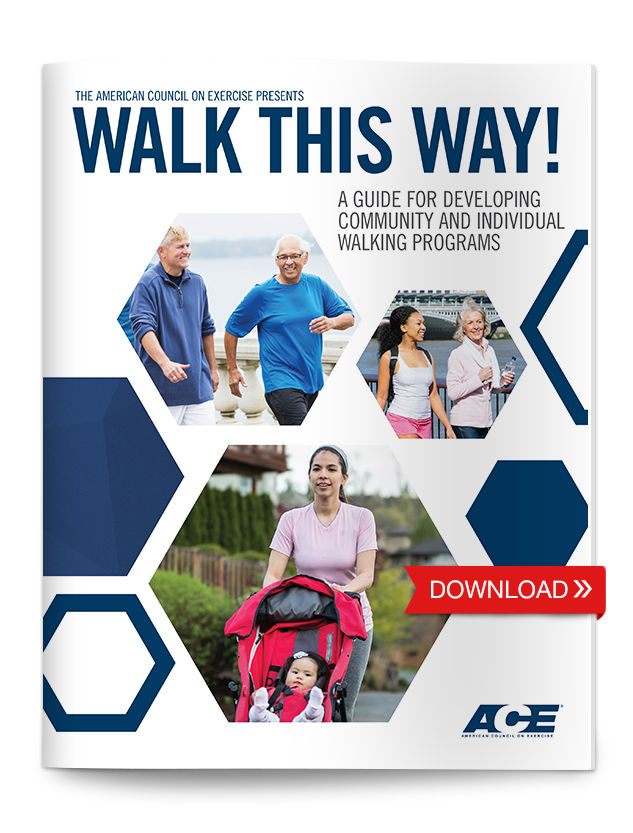Exercise is important. We get it. It’s becoming increasingly clear that we need to up our activity levels outside of direct exercise. Walking is great, but not enough people do it, probably because the way we do it is boring. This is all about to change. You’ve been selected for the Walking Games.
“The brain appears to be designed to solve problems related to surviving in an unstable environment, and to do so in nearly constant motion,” says John Medina in Brain Rules. “We can make a species-wide athletic comeback,” he adds. “All we have to do is move.” Our evolutionary ancestors were accustomed to walking up to 12 miles per day. Integrating exercise into those eight hours of work or school will barely even return us to normal.
For the best bodies and brains, we need to move more. To make walking more appealing, it is important to mix in some form of activity that demands greater coordination than simply putting one foot in front of the other.
Have you ever gone for a walk with a kid? They will kick stones, move in random patterns and be fascinated with stuff on the ground. Do this again in the Walking Games, which are simple, engaging, enjoyable ways to make walking more challenging for your body and interesting for your mind.
Walking Game 1: Hard Way Walk
This is all about walking differently. Don’t just stay on the sidewalk. It’s time to do things the “hard way” again. Walk on the grass, up and down hills, under signs, around mailboxes, trees, under or around signs, and on and off the curb.
Main Concept: Avoid straight lines and find curves and level changes to your body position.
Walking Game 2: Lines & Cracks
The primary school game of “step on a crack, break your momma’s back” returns with a new and improved version that poses no threat to your mother’s spinal health.
Options:
- Avoid stepping on lines or cracks in the sidewalk.
- Or do the opposite: Only step on lines and cracks.
- “Tightrope” walk on the curb.
- Follow the random, squiggly lines of sealant on roads or sidewalks.
- Follow patterns in hotel carpet (Finally, a benefit to the wide variety of consistently hideous carpet found in hotels with all sorts of odd patterns and colors.)
Walking Game 3: Bounce, Catch or Fetch
Use a ball, stick, or any object that you can catch. Bonus brain points for using something without an “easy” shape.
Options:
- Toss a ball back and forth between your left and right hand and count the number of tosses before a drop. Try high, slower tosses and lower, faster tosses. The former works on general catching skills and the latter on reactivity.
- Bounce your ball off a fence, toss it over branches, etc., all while continuously walking so you are catching the ball on the move.
- With a partner, toss your object back and forth to each other. Do this while walking side by side, forwards to backwards, or with both of you walking sideways facing each other.
- As fun and easy as it can be to toss a ball, it’s just as valuable to use a small stick or other object with a non-uniform shape. This type of object won’t work well for bouncing, but is great for tossing and catching.
Walking Game 4: Walk Like an Alien
While on a walk, pretend you are an alien life form studying the earth. Each time you do this, you are assigned something different to study. One day it is the plants you encounter. Another day it might be the animals or birds you see. Another day you might study the shape and texture of any vehicles along the way. The options are endless. Even within the plant option, you can focus further still on the shape, color and texture of leaves or branches on plants or trees. There endless ways to narrow your focus on a different aspect of the physical world while on a walk.

To help Americans increase their physical activity through walking, ACE has created a free toolkit that supports Step It Up! The Surgeon General’s Call to Action on Walking and Walkable Communities. It contains a variety of resources that can be used by individuals, community organizations, faith-based institutions, schools, employers, etc. to encourage and support individuals to walk more and create walkable environments.




 by
by 








 by
by